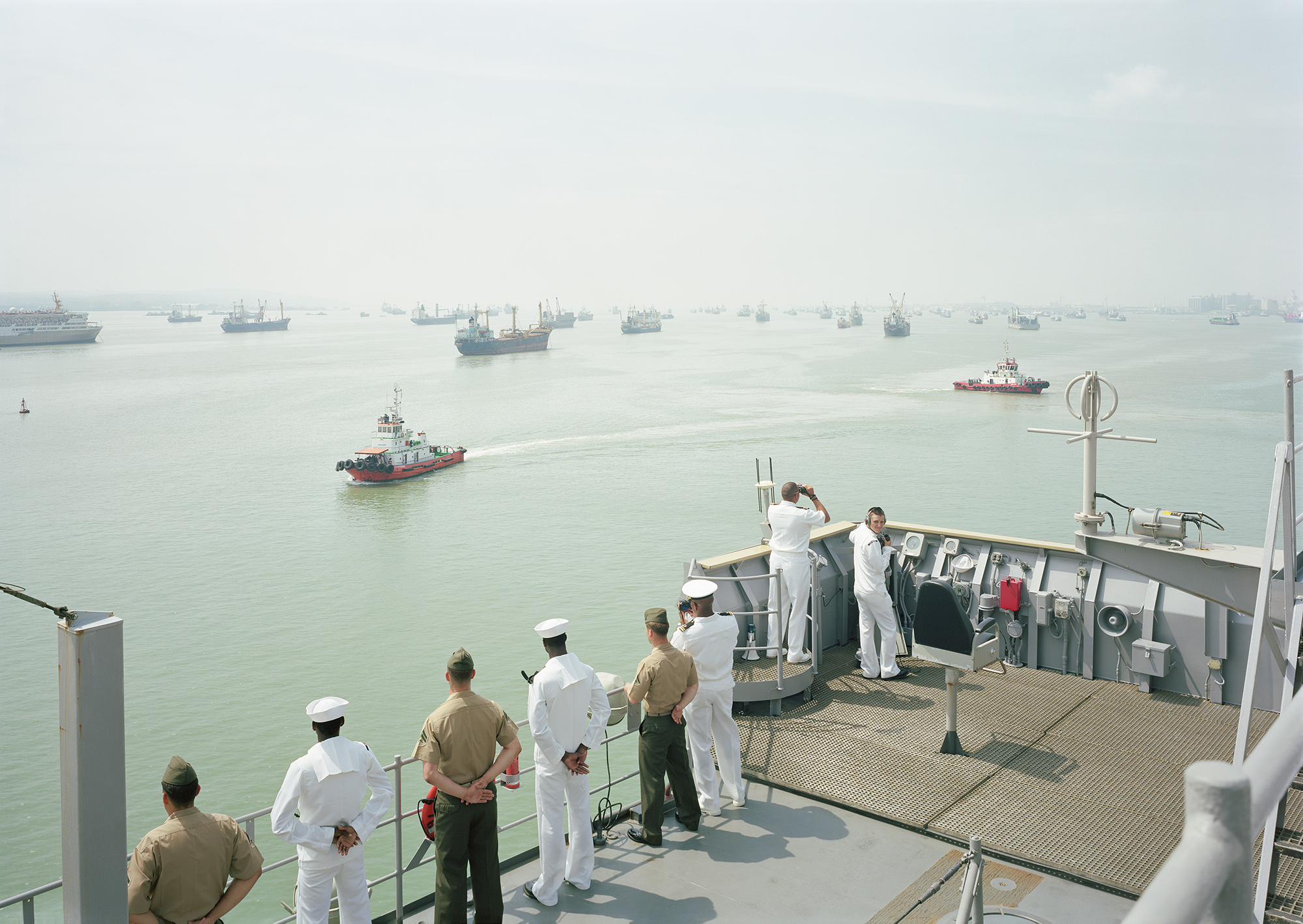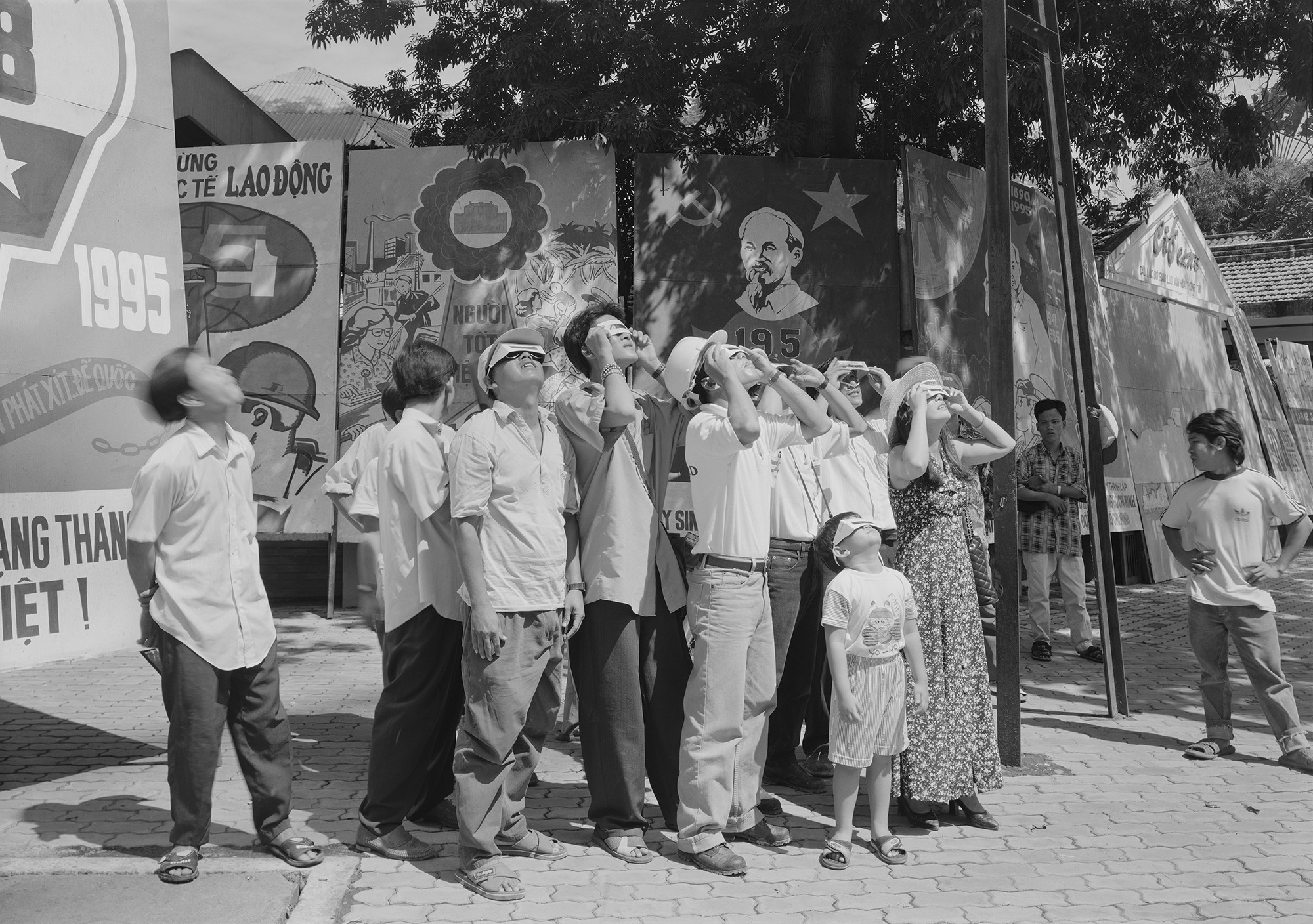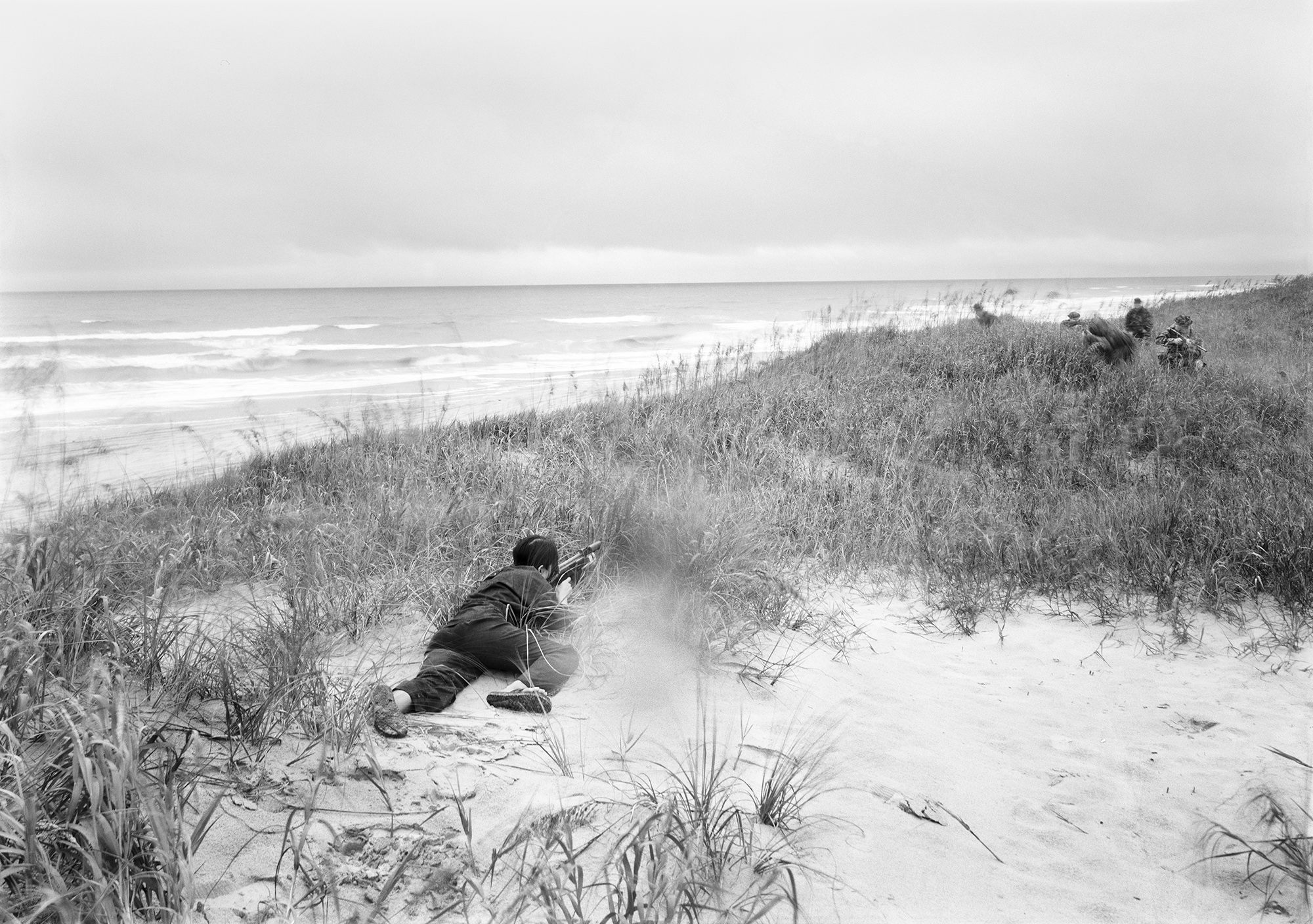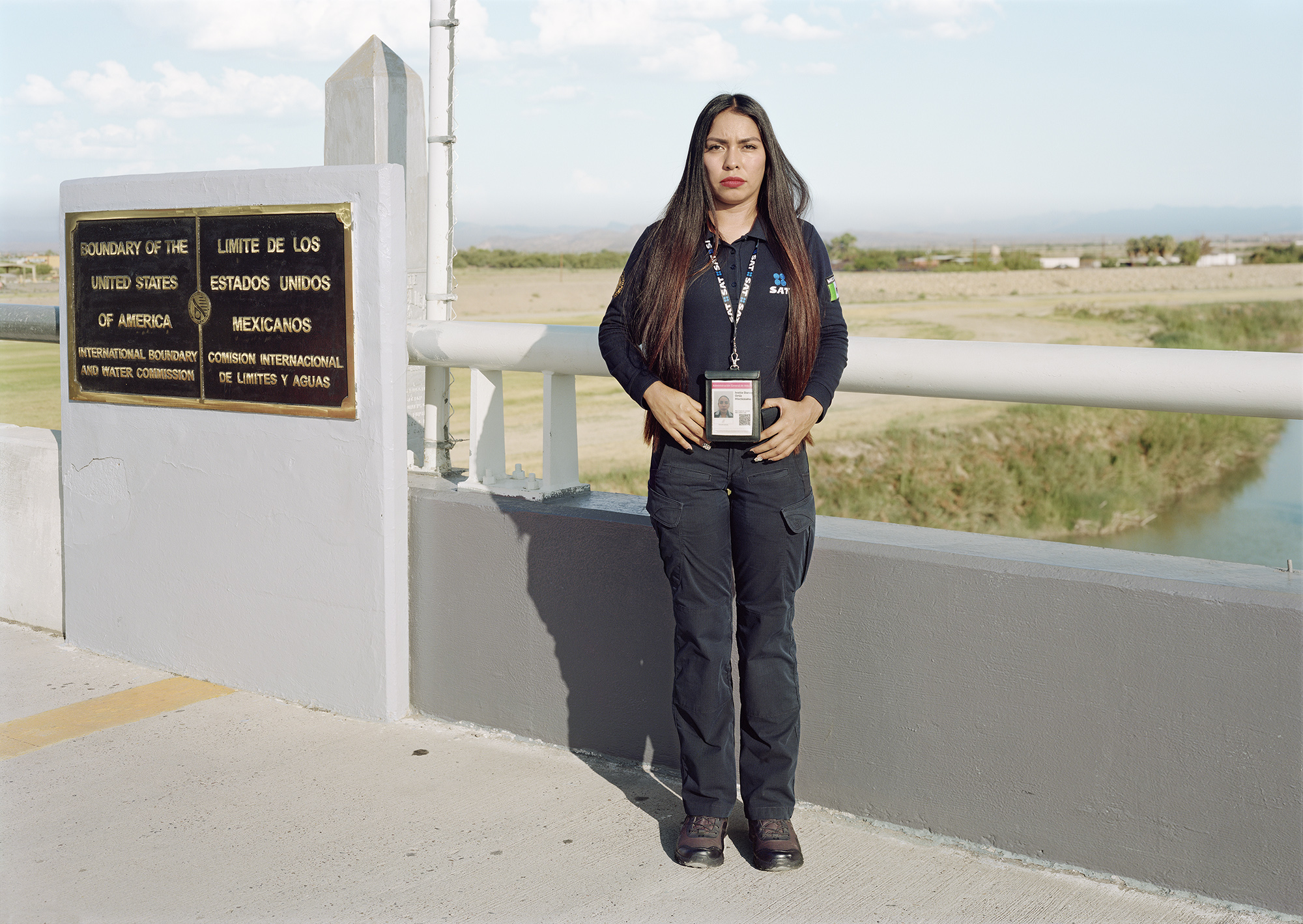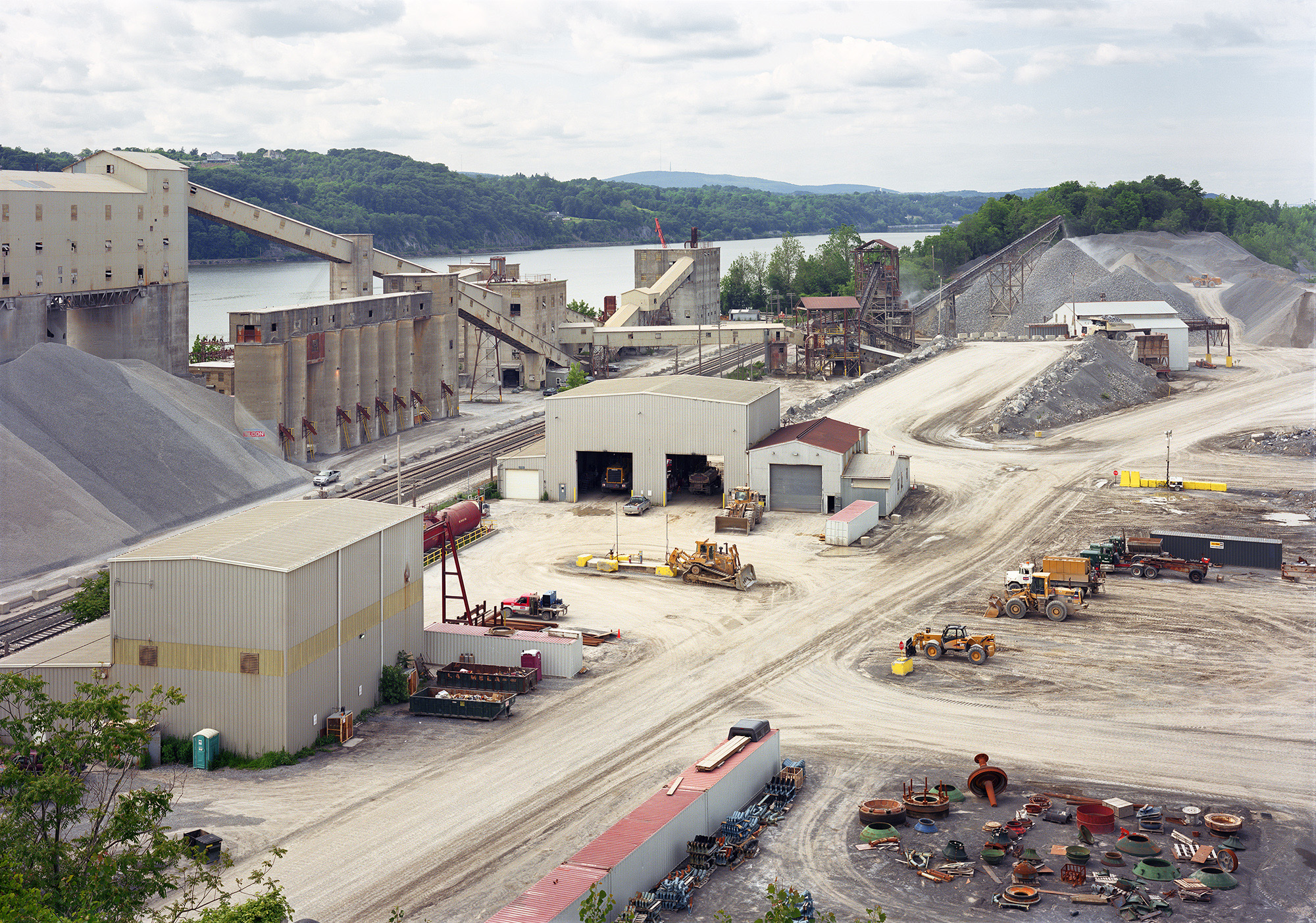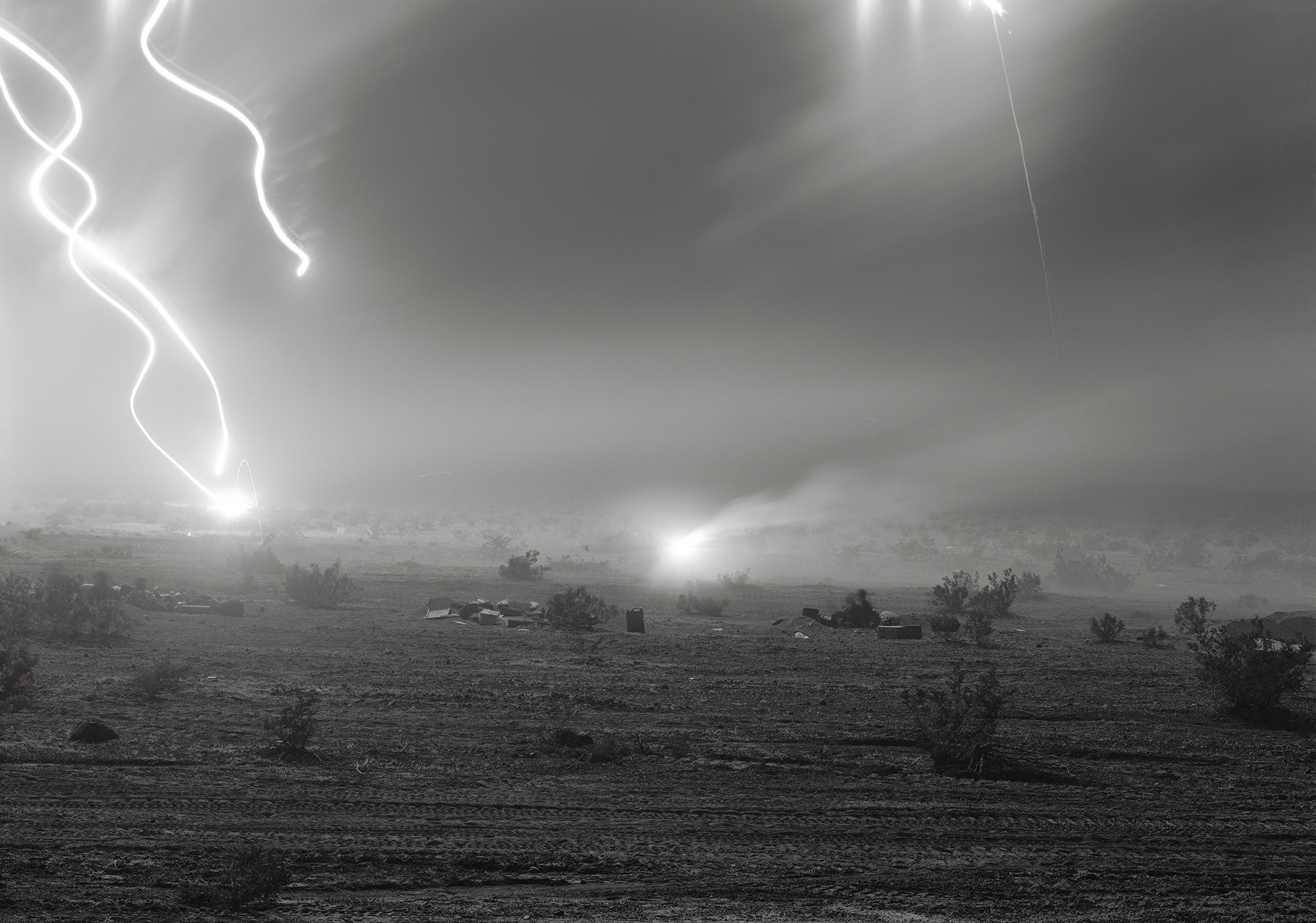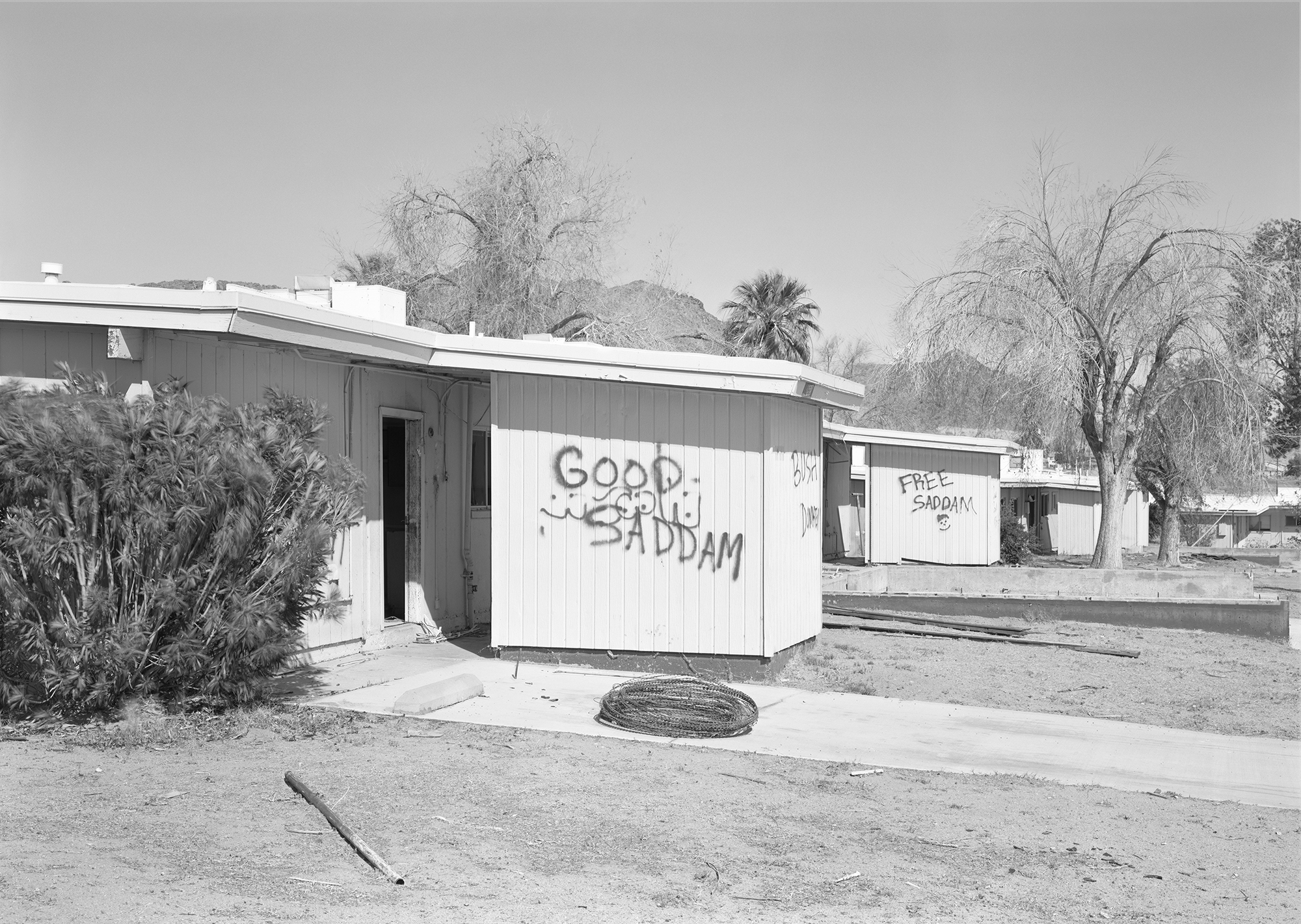Manning the Rail, USS Tortuga, Java Sea, Events Ashore, 2010 © An-My Lê. All images courtesy the artist and MoMA
Heavily influenced by the Vietnam War, An-My Lê probes the fears and fictions behind our militarised era. At MoMA, she loops this history into new cycles
Defining the relation between An-My Lê’s work and war is complex. Rather than a theme, preoccupation or subject, the Vietnamese American photographer describes conflict as an “underpinning”, a foundation from which many divergent experiments flow. “War becomes not a singular cataclysmic event, but a quotidian mode of existence that structures our social and affective lives,” reflects Roxana Marcoci, MoMA’s acting chief curator of photography. Between Two Rivers/Giua hai giòng sông/Entre deux rivières puts this mode of existence on display in the heart of the US cultural establishment, using photography to highlight the self-delusions and raw power of a militarised American state – and on perceptions of Vietnam today.
Lê’s personal experience of the Vietnam conflict and its legacy “is why I make work,” she says. Growing up in Hue and Saigon, she arrived in the US as a political refugee in 1975, studying biology at Stanford University before pursuing an MFA at Yale School of Art. When diplomatic relations eased under the Clinton administration, Lê returned to Hanoi and the Mekong Delta, making quiet, large-format landscape photographs which propelled her artistic career. War is absent, but the diplomatic context, and Lê’s own migrations, create an intrigue which the Viêt Nam pictures match in their detail. In one, we scan the walls of a Bac Giang home for signs of the north’s past, but find instead a scene frozen in time, an old sewing machine, cacti, busts and a mid-century sideboard filling the frame.
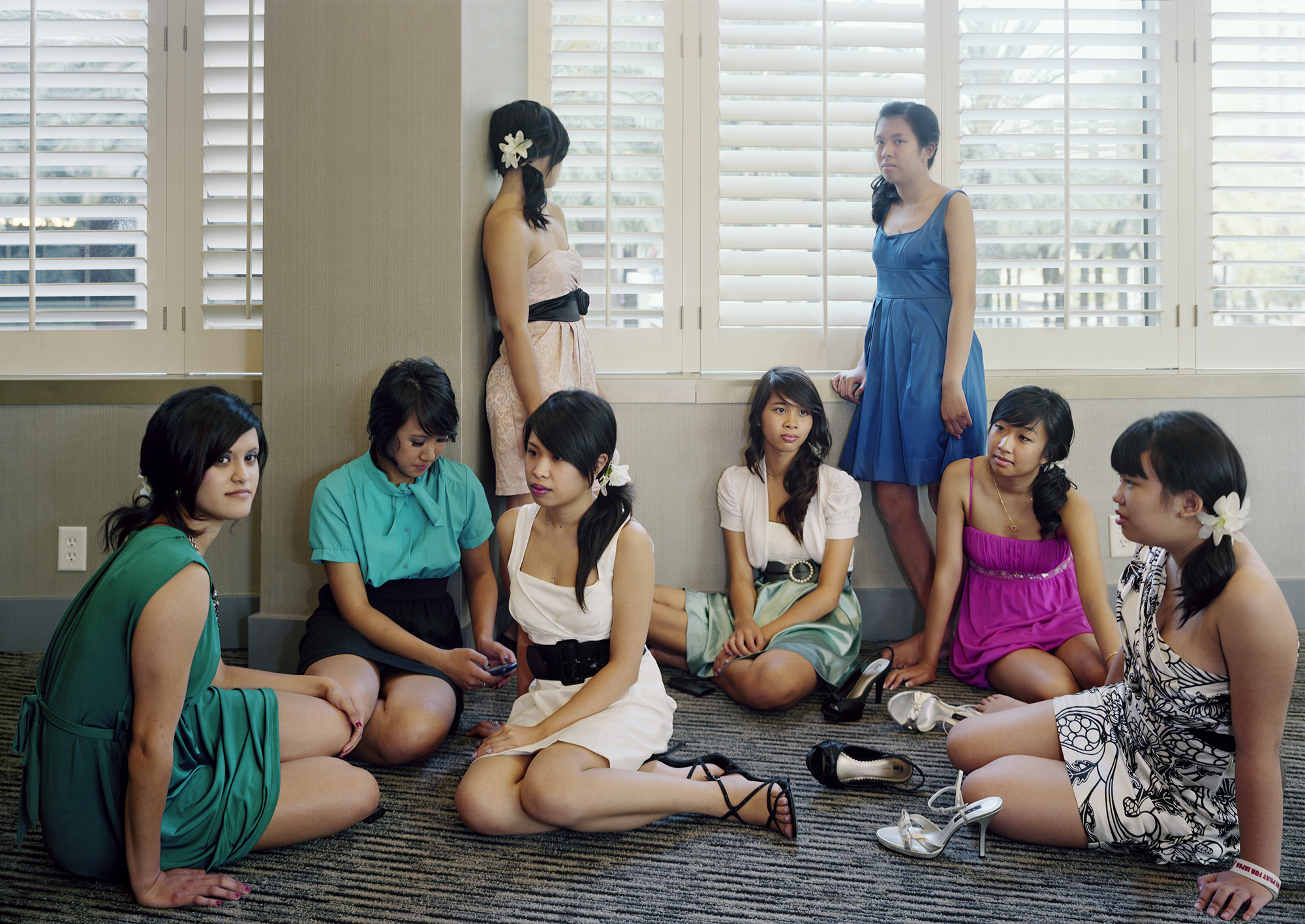
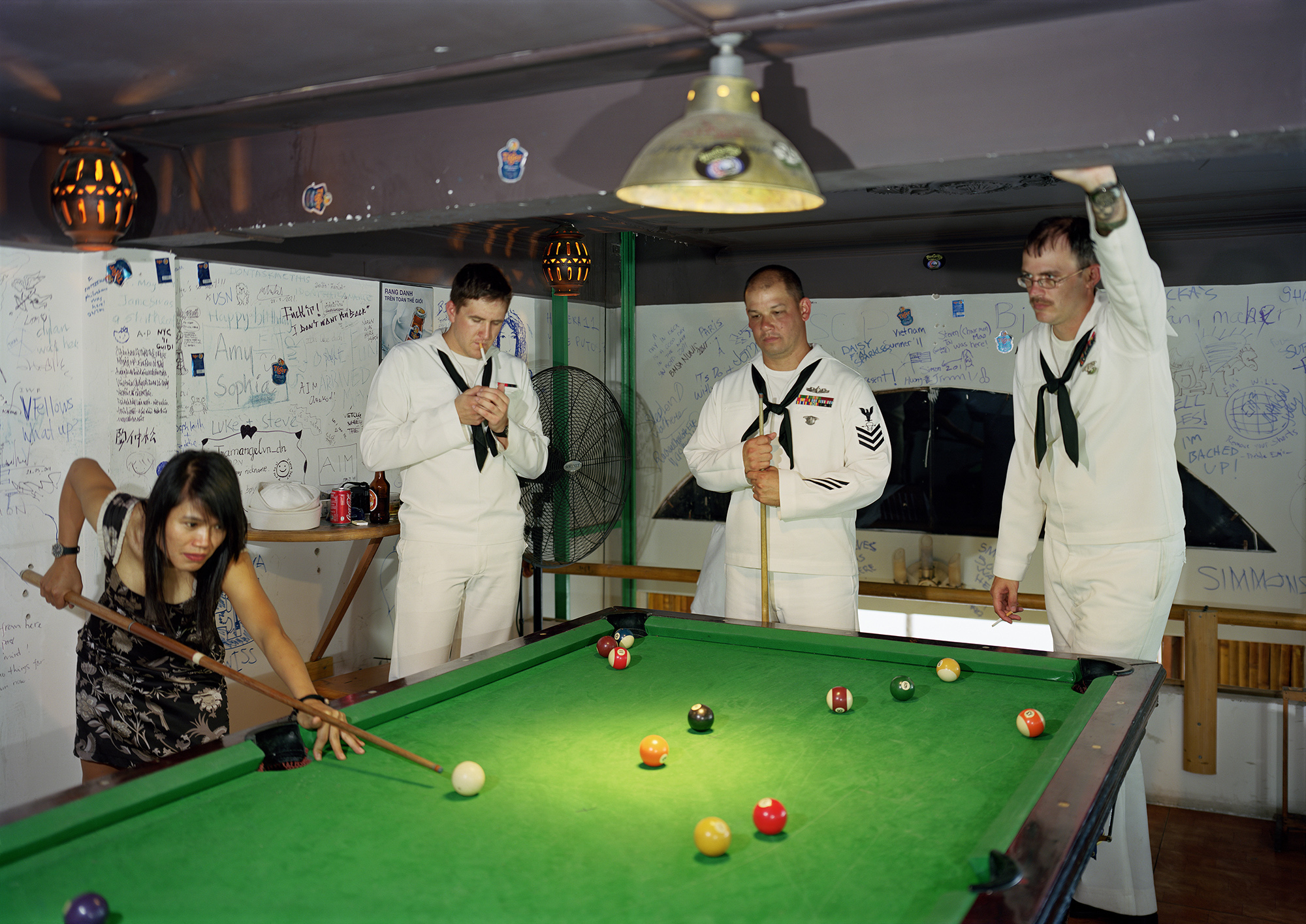
The exhibition title foregrounds the artistic and social relationship Lê has maintained between the Mississippi and the Mekong. Delta (2011) shows Vietnamese women in New Orleans and Ho Chi Minh City, vibrant colour portraits that emphasise similarity as well as difference. New York City is home to around 20,000 Vietnamese Americans, 60 per cent of whom were born abroad. Showing these works at MoMA speaks to Lê’s global consciousness; she mentions the dislocation of diaspora life, as well as the shakiness of the US’ democratic experiment. “Living through the war and being a refugee continues to reverberate today with immigrants from Latin and South America,” she says. Her past becomes a vehicle for empathy, the photographs public tokens of solidarity.
Lê spent the period between 1999 and 2004 tracing the ways in which war is alive in the American psyche, whether real or imagined, imminent or deferred. In Virginia and North Carolina, she photographed men who re-enact the Vietnam conflict for Small Wars, while in the arid Californian desert, she made intense studies of military training exercises on the eve of the Afghanistan and Iraq wars for 29 Palms (2003–04). Films relating to both series appear at MoMA. Events Ashore shows the prowess of the US Navy, the colour shots gesturing towards a sense of misplaced adventure. (Lê was invited onboard by a colonel). People often ask whether she is fetishising the military. “Of course not,” she tells me. “People throwing that word around without understanding what it means” motivated her to explore the history of erotic imagery, the thin line which can separate desire and violence. Gabinetto (2016) – pictures of erotic artefacts from Naples’ Secret Museum – and new porn-inspired embroideries explore this at MoMA.
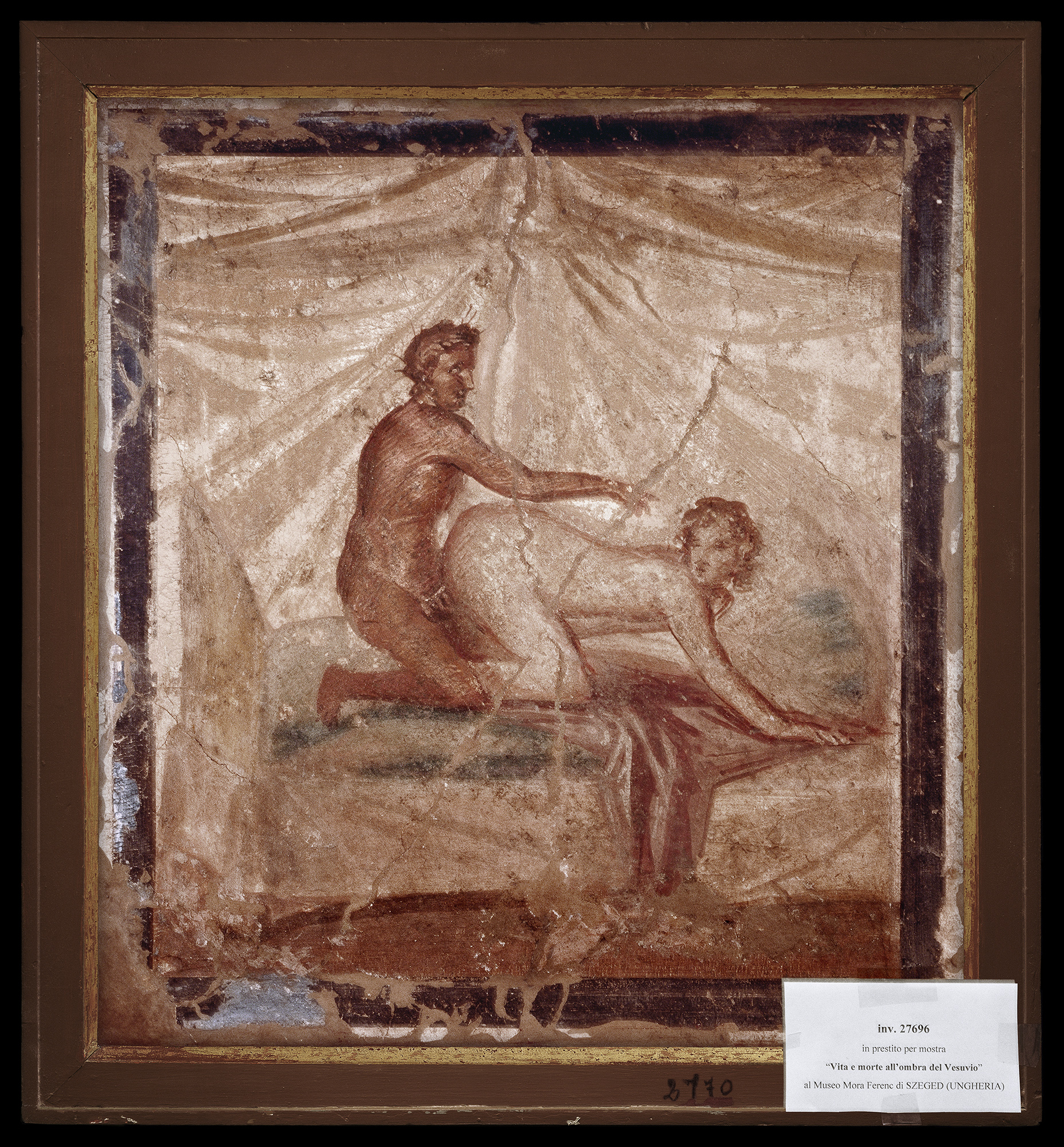
“I’m thinking about what it means to group together a multitude of pictures inspired by poetics, rhythms, dissonance and breaks – remembering the first image and carrying that impression on to the next photograph”
While visiting her mother in Orange County during the pandemic, Lê began returning to the Twentynine Palms training base, nearly two decades after she first observed exercises there. She had access to a raised viewing point, the swirling dust drifting across the desert as it had done in her black-and-white shots of mortars and gun drills. “I had a quasi out-of-body experience and remembered why I was there,” Lê recalls. “I saw the span of my mother’s life flashing across the landscape, from her birth in Hanoi in the early 1930s and through various occupations.” Lê’s mother had been awarded a scholarship to study in France in the 1950s, returning to a divided Vietnam after the Geneva Accords in 1954. But her health was now deteriorating, accelerated by Covid isolation. “She would shuttle back and forth with this fragmented life defined by American geopolitics – which was also my life,” Lê says. As the vision faded, helicopters circled and another training exercise began.
Lê describes the experience as confusing, but was struck by the power of a 360-degree vista. She began discussing the potential for a new immersive work with Marcoci. The resulting installation, Fourteen Views, consists of vertical panels stitched together from Lê’s “library of clouds”, inspired by the work of JMW Turner and the sublime. The cyclorama is derived from negatives, but Lê used Photoshop and other digital tools to stitch images together, a departure from her typical hands-off approach. The new work helps answer a genre query often put to Lê, whose method is sometimes compared to photojournalism or documentary. “There was always this question of ‘Where’s the art?’ and ‘Where does the art reside?’ in my work,” she says. “It’s an open question… with Thomas Demand, you know where the art is.”
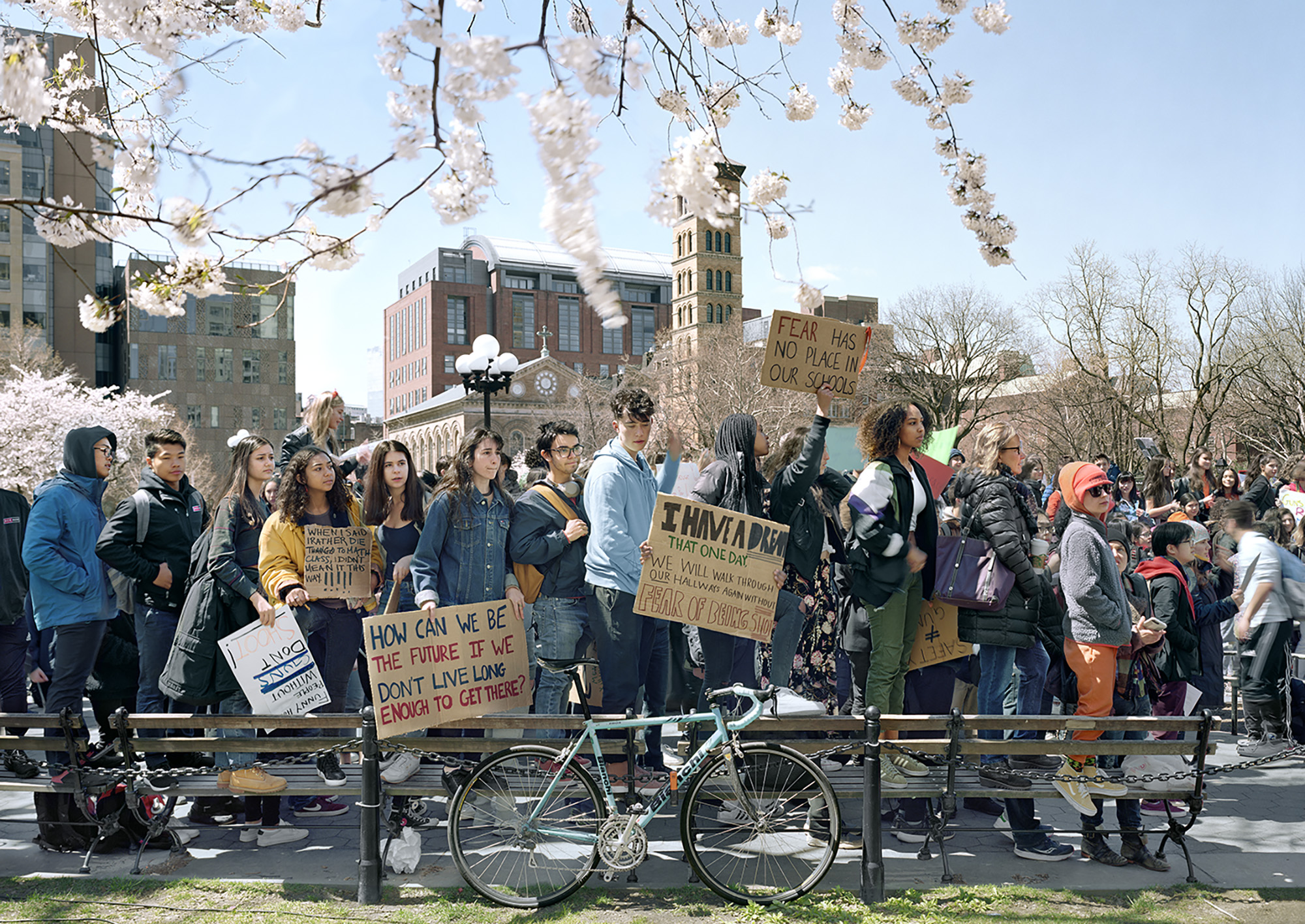
Between Two Rivers showcases Lê’s mixed-media practice in a way that her first US institutional solo show did not. On Contested Terrain featured more than 125 photographs organised in juxtaposing series clusters, opening in 2020 at Pittsburgh’s Carnegie Museum of Art before travelling to Fort Worth and Milwaukee, concluding in March 2022. Speaking now, Lê views the show as something of a research exercise in anticipation of a more experimental outing. “That idea of looking at the work on the wall is always very clarifying,” she explains. “I was able to see clearly the connections between my ideas and my concerns throughout projects – some are different iterations; some are completely new ideas; and some are extensions.”
This makes the MoMA show a pivotal moment, a chance to disrupt a linear way of looking, whether via series mash-ups, embroideries or digital alterations. Silent General (2015–ongoing) epitomises this; a roving, agile series suitable for state-of-the-nation New York Times picture essays and shots of high-school students alike. The work moves in motion with the country, as it did when debates around the southern border shifted either side of Trump’s election in 2016. The task at MoMA is to capture that variety without drifting.
“I’m thinking about what it means to group together a multitude of pictures inspired by poetics, rhythms, dissonance and breaks – remembering the first image and carrying that impression on to the next photograph,” she observes. Lê’s mindset suits river flow or current analogies. “I’ve been around long enough to see that history is cyclical,” she says. “We always talk about how the Vietnam War was a lesson learned, but it wasn’t.”
An-My Lê, Between Two Rivers/Giua hai giòng sông/Entre deux rivières, is at MoMA, New York, until 16 March

